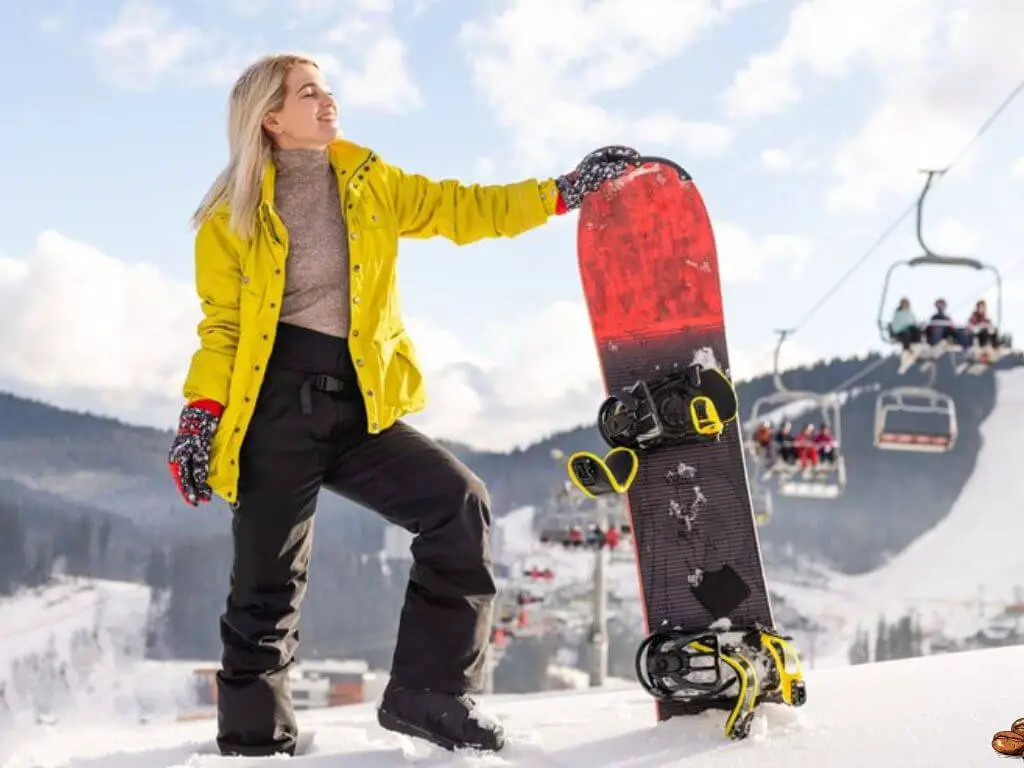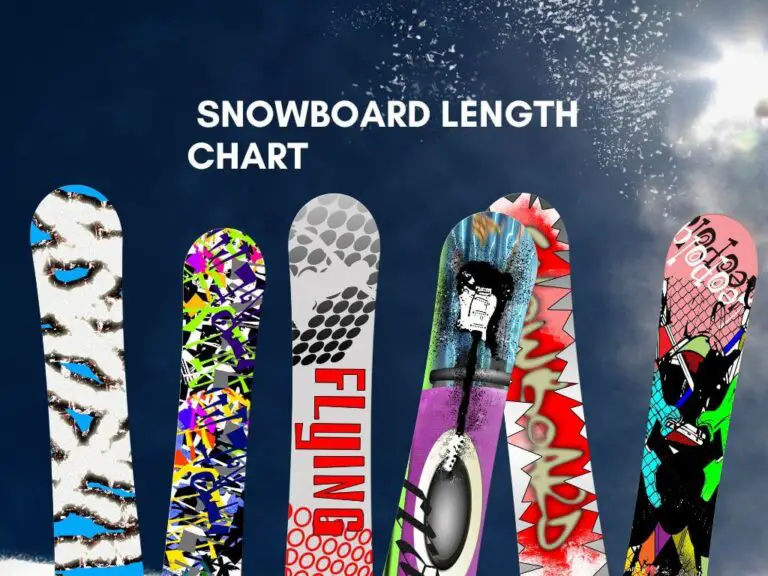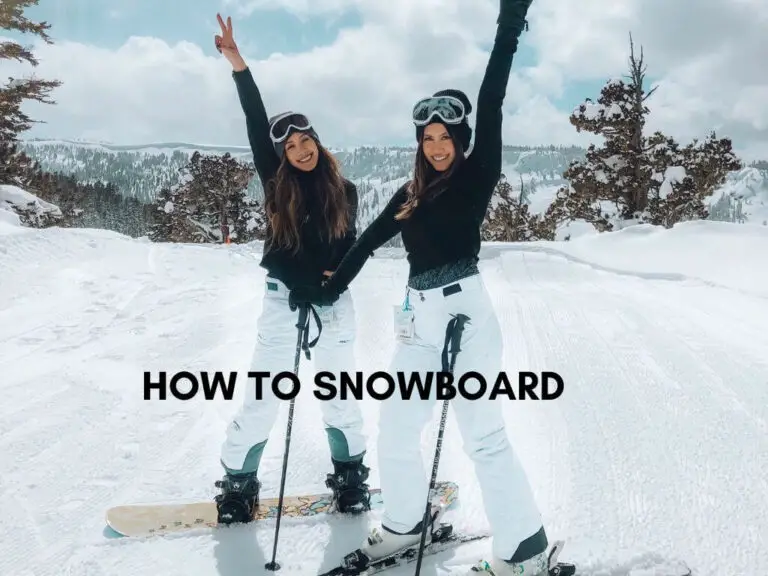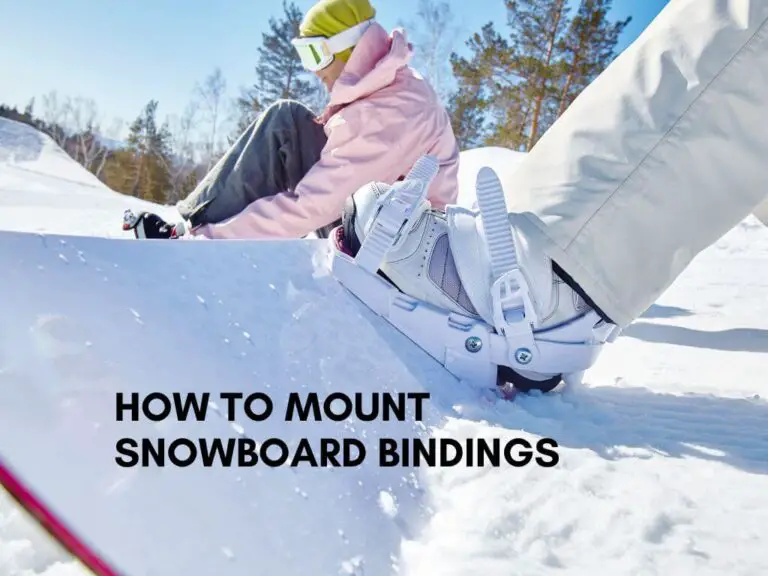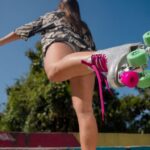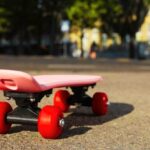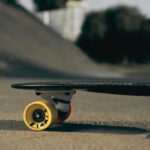When it comes to winter sports, few debates spark as much passion as Skiing Vs Snowboarding. Whether you’re a seasoned snow enthusiast or a first-timer hitting the slopes, choosing between these two iconic activities can feel like a monumental decision. Both offer adrenaline-pumping excitement, breathtaking mountain views, and a chance to embrace the winter wonderland. But which one is right for you?
In this article, we’ll break down the key differences, benefits, and challenges of skiing and snowboarding, helping you decide which sport will reign supreme for your next snowy adventure. Strap in—this is the ultimate guide to conquering the mountains!
History
Skiing and snowboarding are two popular winter sports. Both have rich histories that date back many years. Understanding the history of these sports can help us appreciate their evolution and impact on today’s winter activities.
Origins Of Skiing
Skiing is one of the oldest winter sports. It dates back over 5,000 years. Ancient carvings and paintings in Norway and Sweden show people skiing. Skiing was used for transportation and hunting in snowy regions.
Key Historical Points:
- Ancient Rock Art: Carvings from Norway show skiers from 4,000 BC.
- Early Skis: Made from wood, often covered with animal fur for grip.
- Norse Mythology: Skiing is mentioned in old Norse myths and sagas.
By the 19th century, skiing became a recreational activity. Norway played a crucial role in this shift. Sondre Norheim, a Norwegian, is considered the father of modern skiing. He invented the first modern ski bindings in the mid-1800s. This made it easier to control skis, leading to the development of ski techniques and competitions.
Modern Skiing Milestones:
| Year | Event |
|---|---|
| 1868 | First known ski competition held in Norway. |
| 1924 | Skiing included in the first Winter Olympics. |
| 1950s | Introduction of metal and plastic skis. |
Origins Of Snowboarding
Snowboarding is a much newer sport. It began in the 1960s. The sport was inspired by surfing, skateboarding, and skiing. Sherman Poppen, an engineer, created the first snowboard in 1965. He called it the “snurfer” (a mix of snow and surfer).
Key Historical Points:
- 1965: Sherman Poppen invents the snurfer.
- 1970s: Tom Sims and Jake Burton Carpenter improve snowboard designs.
- 1980s: Snowboarding gains popularity in the U.S. and Europe.
Snowboarding faced resistance from ski resorts initially. Many resorts banned snowboards, thinking they were dangerous. But by the 1980s, snowboarding started gaining acceptance. In 1983, the first National Snowboarding Championships were held. This event marked the beginning of competitive snowboarding.
Modern Snowboarding Milestones:
| Year | Event |
|---|---|
| 1983 | First National Snowboarding Championships held. |
| 1998 | Snowboarding included in the Winter Olympics. |
| 2000s | Introduction of terrain parks in ski resorts. |
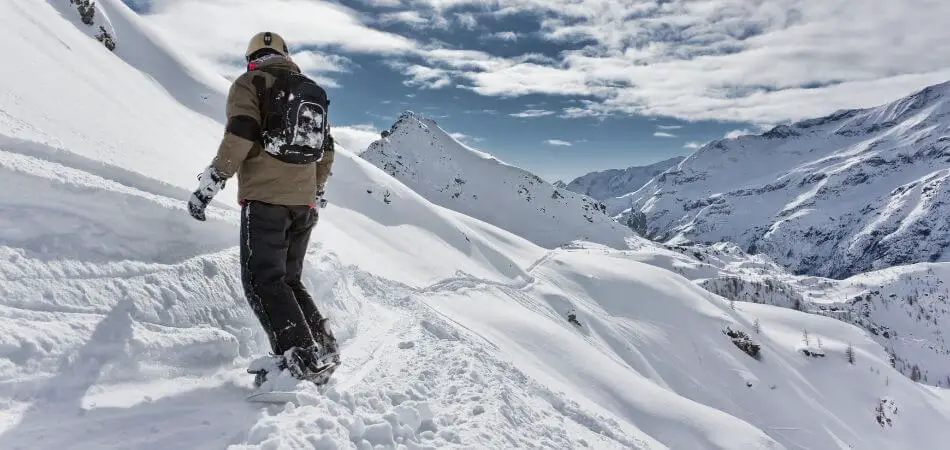
Techniques
Choosing between skiing and snowboarding often boils down to the techniques each sport requires. Both activities offer unique challenges and thrills. Understanding the fundamental techniques can help you decide which one suits you best.
Skiing Techniques
Skiing involves using two skis, one on each foot, to glide down the slopes. It requires specific techniques to ensure smooth and safe descents.
- Stance: Maintain a balanced stance with knees slightly bent, and your weight centered over the skis.
- Turning: Use the “pizza” and “french fries” techniques. For beginners, the pizza technique involves pointing the ski tips together to form a wedge, slowing down the speed. The french fries technique involves keeping skis parallel to increase speed.
- Carving: Advanced skiers use carving to make precise turns. Shift your weight to the edges of the skis while leaning into the turn.
- Stopping: To stop, skiers can use the wedge or snowplow technique, pushing the heels out while keeping the tips of the skis together.
| Technique | Description |
|---|---|
| Stance | Keep a balanced stance with knees slightly bent. |
| Turning | Use the pizza or french fries techniques. |
| Carving | Shift weight to ski edges for precise turns. |
| Stopping | Use the wedge or snowplow technique. |
Mastering these techniques can enhance your skiing experience, making it more enjoyable and safer.
Snowboarding Techniques
Snowboarding uses a single board attached to both feet. It requires different techniques compared to skiing but offers its own unique set of challenges.
- Stance: Your stance on a snowboard is crucial. Choose between a regular stance (left foot forward) or a goofy stance (right foot forward).
- Turning: Use heel-edge and toe-edge turns. For a heel-edge turn, lean back on your heels, and for a toe-edge turn, lean forward on your toes.
- Carving: Similar to skiing, but involves deeper leans. Shift your weight to the edge of the board while making turns.
- Stopping: Execute a stop by performing a “skidded turn.” Rotate your board perpendicular to the slope and dig the edge into the snow.
| Technique | Description |
|---|---|
| Stance | Choose regular or goofy stance. |
| Turning | Use heel-edge and toe-edge turns. |
| Carving | Lean deeply and shift weight to the edge. |
| Stopping | Perform a skidded turn to stop. |
Learning these techniques can make snowboarding more intuitive and fun, helping you navigate the slopes with confidence.
Equipment
Choosing between skiing and snowboarding often boils down to personal preference. Both sports offer unique thrills and challenges. One major factor to consider is the equipment. The gear you use can greatly impact your experience on the slopes. Understanding the differences in equipment for skiing and snowboarding will help you make an informed decision.
Skiing Gear
Skiing gear includes several essential items. Each piece of equipment plays a vital role in your performance and safety.
- Skis: The most critical piece of equipment. Skis come in various lengths and shapes. Choose based on your skill level and the type of skiing you plan to do.
- Bindings: Bindings attach your boots to the skis. They should release during a fall to prevent injury.
- Ski Boots: Ski boots are rigid to provide support and control. Ensure they fit snugly for maximum comfort.
- Poles: Poles help with balance and rhythm. They vary in length based on your height.
- Helmet: Always wear a helmet for safety.
- Goggles: Goggles protect your eyes from snow glare and wind.
- Clothing: Wear layers, including a waterproof jacket and pants. Gloves and thermal socks are also essential.
Here is a summary table of skiing gear:
| Equipment | Description |
|---|---|
| Skis | Various lengths and shapes |
| Bindings | Attaches boots to skis |
| Ski Boots | Rigid for support |
| Poles | Helps with balance |
| Helmet | Protects the head |
| Goggles | Protects the eyes |
| Clothing | Includes waterproof jacket and pants |
Snowboarding Gear
Snowboarding gear is different from skiing gear. It has its own set of essential items.
- Snowboard: The primary piece of equipment. Snowboards come in various lengths and widths. Choose based on your skill level and riding style.
- Bindings: Bindings attach your boots to the snowboard. They should be sturdy and adjustable.
- Snowboard Boots: These boots are softer than ski boots. They provide flexibility and comfort.
- Helmet: Always wear a helmet to protect your head.
- Goggles: Goggles are essential for eye protection against snow glare and wind.
- Clothing: Wear layers, including a waterproof jacket and pants. Gloves and thermal socks are also necessary.
Here’s a summary table for snowboarding gear:
| Equipment | Description |
|---|---|
| Snowboard | Various lengths and widths |
| Bindings | Attaches boots to snowboard |
| Snowboard Boots | Softer for flexibility |
| Helmet | Protects the head |
| Goggles | Protects the eyes |
| Clothing | Includes waterproof jacket and pants |
Learning Curve
The debate between skiing and snowboarding often centers around the learning curve. Both winter sports have their unique challenges and rewards. Understanding the learning curve can help you decide which sport to try first. This section will break down the ease of learning for both skiing and snowboarding.
Ease Of Learning Skiing
Skiing is generally easier for beginners. Skiers can stand up and balance more naturally due to the two separate skis. The stance mimics walking, making it more intuitive.
- Easier to Balance: Skiers use two poles for balance. This helps maintain stability.
- Natural Movement: The forward-facing stance feels more natural.
- Slower Speed: Beginners can control their speed better.
Skiing lessons are often structured to build confidence quickly. Instructors start with basic moves like the “pizza” or “snowplow” technique. This simple method helps control speed and maintain balance on gentle slopes.
Here’s a quick comparison:
| Aspect | Ease for Beginners |
|---|---|
| Balance | Easy |
| Control | Moderate |
| Speed | Easy to moderate |
Falling on skis is also less intimidating. When you fall, you usually fall sideways, which is less impactful. This helps reduce fear and encourages more practice. Overall, skiing offers a gentle learning curve for beginners.
Ease Of Learning Snowboarding
Snowboarding has a steeper learning curve. Beginners often find balancing on a single board tricky. The sideways stance requires a different sense of balance.
- Challenging to Balance: Standing sideways is less intuitive.
- Frequent Falls: Beginners fall more often.
- Harder to Control: Speed and direction are more challenging to manage initially.
Snowboarding lessons often start with learning how to fall safely. Instructors emphasize techniques to minimize injury. Getting up after a fall is also harder because both feet are strapped to one board. This can discourage some beginners.
Here’s a quick comparison:
| Aspect | Ease for Beginners |
|---|---|
| Balance | Hard |
| Control | Challenging |
| Speed | Hard to moderate |
Falling on a snowboard can be more painful. Beginners often fall forward or backward, which can hurt wrists and tailbones. Despite the initial challenges, mastering snowboarding can be highly rewarding. Once you get the hang of it, you can progress quickly.
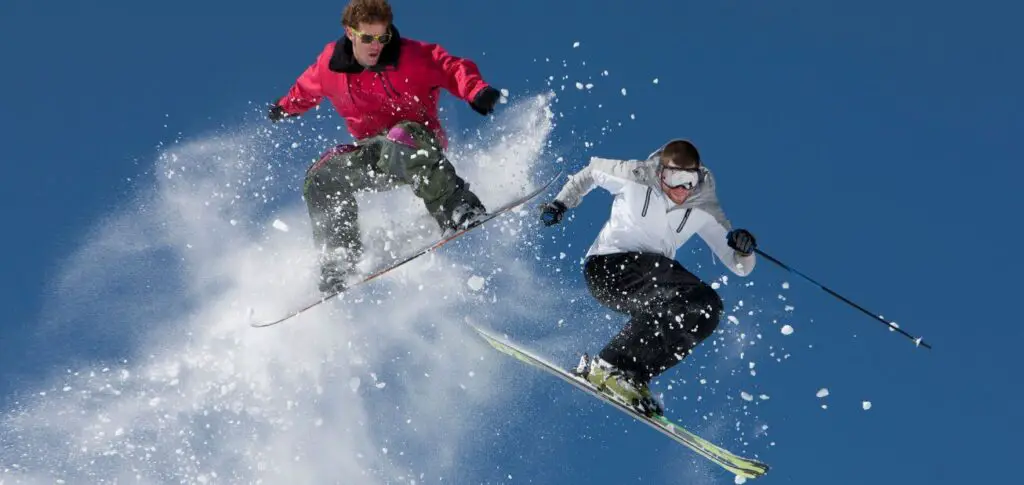
Injury Risk
When choosing between skiing and snowboarding, one key consideration is the risk of injury. Both sports offer thrilling experiences, but they also come with their own sets of dangers. Understanding the types of injuries common in each can help you make an informed decision and take the right precautions.
Skiing Injuries
Skiing involves two separate skis, which can lead to unique injuries. Knee injuries are the most common. The twisting motion of skiing often puts strain on the knees, leading to ligament tears like the ACL. Sprains and fractures in the lower leg and ankle are also frequent due to falls and collisions.
Here’s a list of common skiing injuries:
- Knee ligament tears
- Lower leg fractures
- Ankle sprains
- Thumb injuries from falling on an outstretched hand
Let’s look at a table for a clearer picture:
| Injury Type | Common Causes |
|---|---|
| Knee Ligament Tears | Twisting falls, sudden stops |
| Lower Leg Fractures | High-speed falls, collisions |
| Ankle Sprains | Awkward landings, uneven terrain |
| Thumb Injuries | Falling with hand outstretched, gripping poles |
Snowboarding Injuries
Snowboarding uses a single board, which changes the dynamics of injuries. Wrist fractures are very common because snowboarders often fall forward, using their hands to break the fall. Shoulder dislocations are also frequent due to the impact of falls. Ankle sprains can occur, but they are less common than in skiing.
Here are the common snowboarding injuries:
- Wrist fractures
- Shoulder dislocations
- Ankle sprains
- Concussions from head impacts
Accessibility
Choosing between skiing and snowboarding often boils down to accessibility. Both sports offer unique thrills, but accessibility can be a deciding factor. This guide breaks down the locations for skiing and snowboarding to help you make an informed choice.
Skiing Locations
Skiing is accessible in many places around the world. Ski resorts are in abundance, making it easy to find a spot to hit the slopes. Popular skiing destinations include:
- Alps in Europe: France, Switzerland, Italy, and Austria offer fantastic skiing options.
- Rocky Mountains in North America: Colorado, Utah, and British Columbia are top choices.
- Japan: Famous for its powder snow, Hokkaido and Nagano are must-visit spots.
Many ski resorts offer facilities for all skill levels. Beginners can find easy slopes, while experts can enjoy challenging terrains.
| Region | Popular Resorts |
|---|---|
| Europe | Chamonix, St. Anton, Zermatt |
| North America | Whistler, Aspen, Vail |
| Asia | Niseko, Hakuba |
Skiing infrastructure is well-developed. Most resorts have chairlifts, gondolas, and ski schools. Accommodation varies from luxury hotels to budget lodgings, ensuring everyone can find a place to stay.
Snowboarding Locations
Snowboarding has grown in popularity, and so have the locations where you can enjoy it. Like skiing, snowboarding spots are available worldwide. Top destinations include:
- Lake Tahoe: California and Nevada offer great snowboarding parks.
- Banff: Located in Canada, this spot is known for its stunning landscapes.
- New Zealand: Queenstown and Wanaka offer excellent snowboarding conditions.
Many ski resorts are snowboard-friendly, featuring terrain parks with jumps, rails, and half-pipes. These parks cater specifically to snowboarders.
| Region | Popular Resorts |
|---|---|
| North America | Lake Tahoe, Breckenridge |
| Europe | Laax, Avoriaz |
| Oceania | Cardrona, Treble Cone |
Snowboarding infrastructure is also well-developed. Resorts offer snowboard rentals, lessons, and special areas for practice. Accommodations are similar to those for skiers, making it easy to find a place that fits your budget.
Community And Culture
Skiing and snowboarding are popular winter sports, each with its own unique appeal. The community and culture surrounding these activities are vibrant and inviting. Both communities offer a sense of belonging and camaraderie, but they also have distinct characteristics. Let’s explore the differences between the skiing and snowboarding communities.
Skiing Community
The skiing community is known for its rich history and tradition. Skiing has been a beloved winter sport for many decades, resulting in a well-established and diverse community. Skiers are often seen as enthusiastic and passionate about their sport. Many skiers start young, learning the ropes from family members or ski schools.
Several elements define the skiing community:
- Family-Friendly: Skiing is often a family affair, with multiple generations hitting the slopes together.
- Competitive Spirit: Skiers frequently participate in races and competitions, fostering a strong competitive spirit.
- Après-Ski Culture: Socializing after a day on the slopes is a big part of the skiing experience. This includes enjoying meals, drinks, and entertainment at ski lodges.
The skiing community also has various clubs and organizations that bring skiers together. Many resorts host events and activities that cater specifically to skiers, from beginners to experts.
| Aspect | Description |
|---|---|
| History | Long-standing tradition |
| Events | Races, competitions, après-ski |
| Demographics | All ages, often family-oriented |
Snowboarding Community
The snowboarding community is known for its youthful and rebellious spirit. Snowboarding became popular in the 1980s and 1990s, attracting a younger crowd. Snowboarders are often seen as adventurous and free-spirited, with a focus on fun and creativity.
Key characteristics of the snowboarding community include:
- Innovative Tricks: Snowboarders love to perform tricks and stunts, pushing the boundaries of what’s possible on the slopes.
- Casual Vibe: The snowboarding community has a laid-back, casual vibe, with an emphasis on having fun.
- Music and Art: Music, art, and fashion play a significant role in snowboarding culture, influencing gear and apparel trends.
Snowboarders often gather at terrain parks, where they can practice jumps and rails. Snowboarding events and festivals are popular, featuring live music, competitions, and other activities that celebrate the sport’s unique culture.
| Aspect | Description |
|---|---|
| History | Gained popularity in the 1980s |
| Events | Competitions, festivals, terrain parks |
| Demographics | Mostly younger crowd, creative and adventurous |
Popularity And Trends
When it comes to winter sports, skiing and snowboarding are the most popular activities. Both have their unique appeal and a dedicated following. Understanding the trends in skiing and snowboarding can help enthusiasts and beginners decide which sport to pursue.
Skiing Trends
Skiing continues to be a beloved winter sport with a rich history. In recent years, several trends have emerged, making the sport even more exciting and accessible.
1. Freestyle Skiing: Freestyle skiing has gained immense popularity. This style includes jumps, spins, and tricks, attracting younger skiers.
2. Skiing Technology: Advances in ski technology have made skiing safer and more enjoyable. Modern skis are lighter and more durable, enhancing performance.
3. Eco-friendly Ski Resorts: Many ski resorts are adopting eco-friendly practices. These include using renewable energy sources and reducing waste. This trend appeals to environmentally conscious skiers.
4. Family-friendly Ski Packages: Ski resorts now offer family-friendly packages. These include lessons for kids, making skiing a fun activity for all ages.
5. Backcountry Skiing: Backcountry skiing has seen a surge in interest. Skiers seek untouched snow and adventure away from crowded resorts.
| Trend | Description |
|---|---|
| Freestyle Skiing | Includes jumps, spins, and tricks. |
| Skiing Technology | Modern skis are lighter and more durable. |
| Eco-friendly Ski Resorts | Use renewable energy and reduce waste. |
| Family-friendly Ski Packages | Lessons for kids and family activities. |
| Backcountry Skiing | Adventure in untouched snow areas. |
Snowboarding Trends
Snowboarding remains a favorite choice for many winter sports enthusiasts. Several trends are shaping the future of this thrilling sport.
1. Freestyle Snowboarding: Like skiing, freestyle snowboarding is gaining popularity. Riders perform tricks and stunts in snow parks and halfpipes.
2. Splitboarding: Splitboarding is on the rise. This involves splitting the snowboard into skis for uphill travel, then reassembling it for downhill rides.
3. Snowboarding Gear: Snowboarding gear is becoming more advanced. Boards are lighter and more responsive, and boots offer better support and comfort.
4. Women in Snowboarding: There is a significant increase in female snowboarders. Brands are creating gear specifically designed for women, boosting their participation.
5. Sustainable Snowboarding: Sustainability is a key trend. Brands are using eco-friendly materials and processes to make snowboarding more environmentally friendly.
| Trend | Description |
|---|---|
| Freestyle Snowboarding | Tricks and stunts in snow parks and halfpipes. |
| Splitboarding | Board splits into skis for uphill travel. |
| Snowboarding Gear | Advanced, lighter, and more responsive equipment. |
| Women in Snowboarding | Increased female participation and specialized gear. |
| Sustainable Snowboarding | Eco-friendly materials and processes. |
Frequently Asked Questions
What Is Harder, Skiing Or Snowboarding?
Skiing is generally easier to learn initially. Snowboarding tends to have a steeper learning curve but can become easier with practice. Personal preference and individual skills also play a role.
Are There More Injuries In Skiing Or Snowboarding?
Skiing tends to have more injuries overall. Snowboarding injuries, while fewer, are often more severe. Both sports carry risks. Always use proper safety gear.
What Is Harder, Wakeboarding Or Snowb
Wakeboarding is generally harder for beginners due to water conditions and balance challenges. Snowboarding is easier to pick up initially.
How Many Days Does It Take To Get Good At Snowboarding?
It usually takes 3 to 7 days to get comfortable with basic snowboarding skills. Progress varies by individual.
Conclusion
Choosing between skiing and snowboarding depends on personal preference. Both sports offer unique thrills and challenges. Whether you seek speed or style, the slopes await. Try both to see which you enjoy more. Embrace the winter season and make unforgettable memories on the snow.
Enjoy your adventure!

